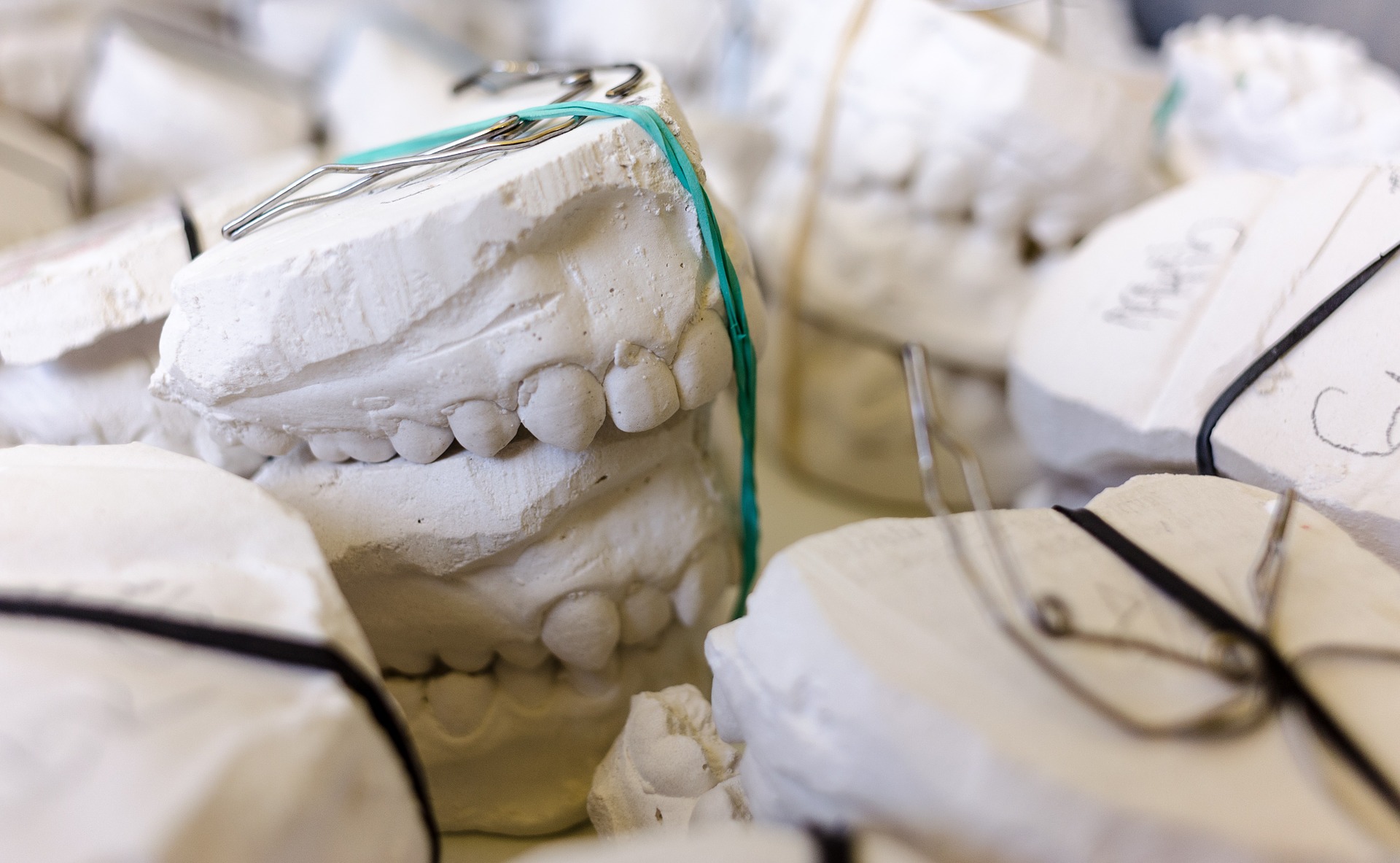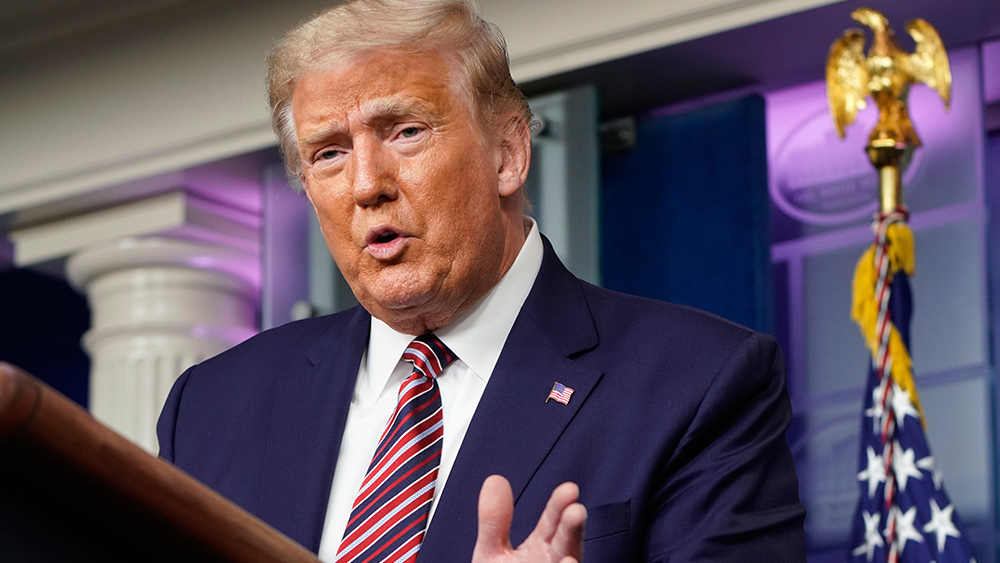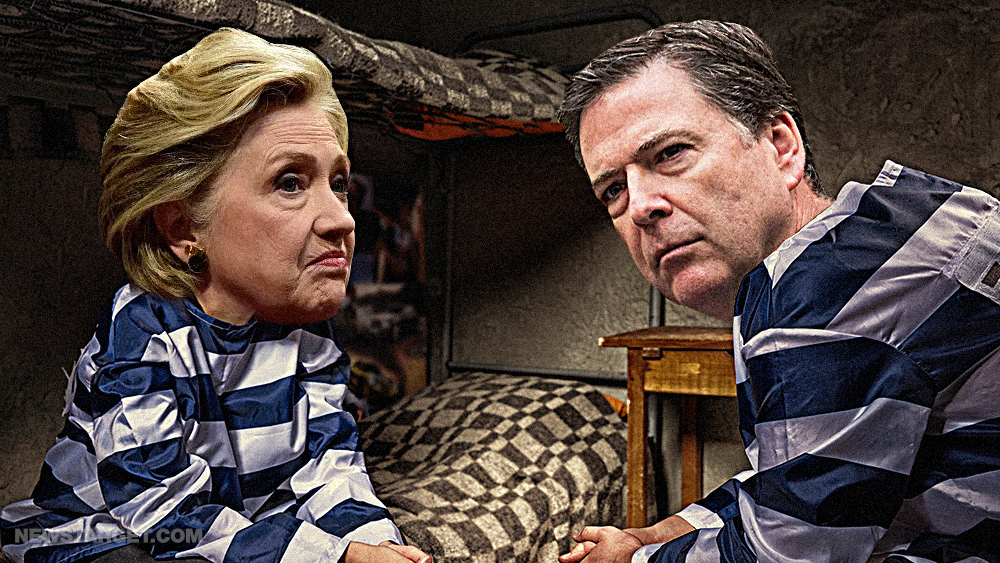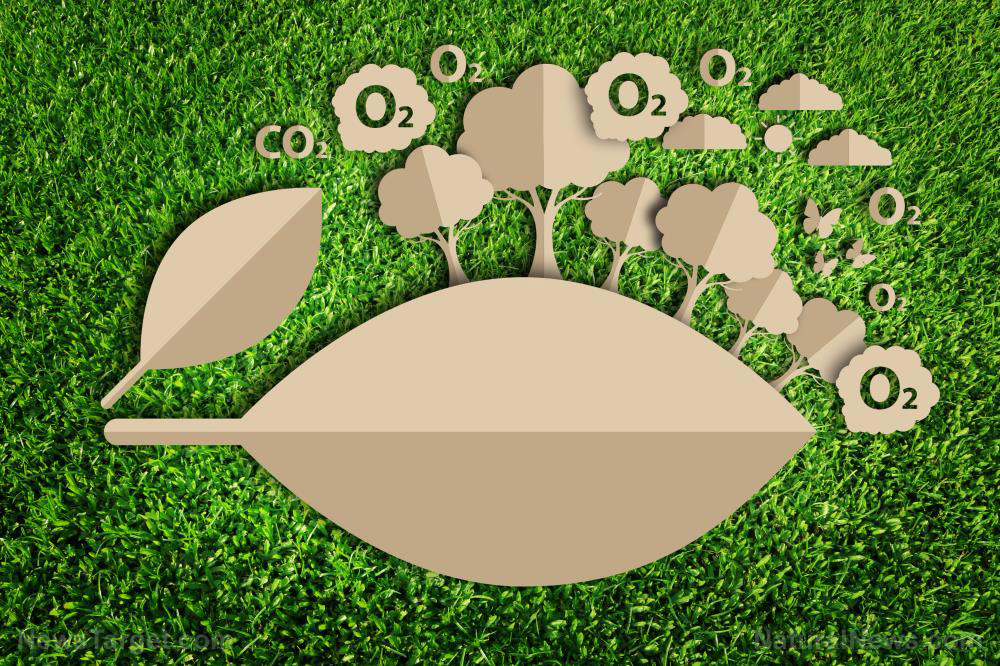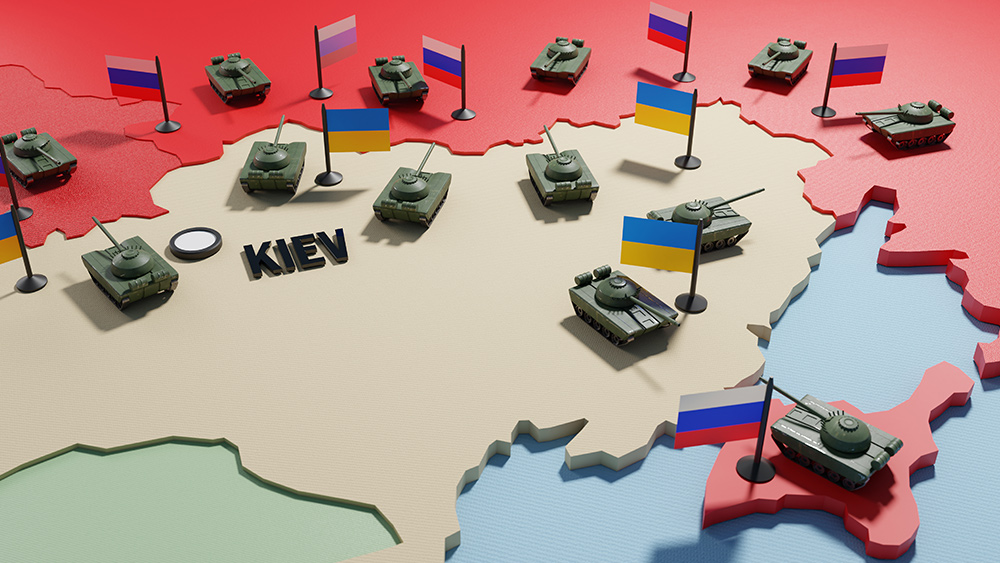The Excedrin Migraine fraud: Many “migraine” medicines are formulaically identical to their non-migraine counterparts
10/01/2015 / By Norman Smith

There is no official definition of migraine, but it is generally understood to refer to chronic severe headaches. According to the Migraine Research Foundation, about 36 million Americans have such headaches.[1]
Traditionally, “migraineurs” (as they’re called) have resorted to popping over-the-counter painkillers like aspirin, ibuprofin and acetominophen, although these medications are notoriously ineffective for stopping a severe headache. Prescription migraine drugs have been available since the 1990s, and overall they are remarkably effective for short-term use. But their long-term use can actually make the problem worse, and millions of migraineurs can’t afford them anyway. So the futile use of non-prescription pills continued to be used for migraines.
Then, about the time the prescription migraine meds hit the market, the maker of Excedrin Extra Strength (Bristol-Myers) came out with Excedrin Migraine, which was highly touted as “The first FDA-approved non-prescription medicine for treatment of migraines.”[2]
However, migraineurs who took this drug quickly found out that it didn’t work any better than Excedrin Extra Strength. That’s because it’s exactly the same as Excedrin Extra Strength. The active ingredients—aspirin, acetominophen and caffeine—are identical. (Excedrin Extra Strength is itself a fraud, because there is no Excedrin regular strength.)
Furthermore, this hoax was not a secret. The Bristol-Myers press release openly said that this is the same drug as Excedrin Extra Strength, but with different packaging:
“Excedrin Migraine, cleared for the treatment of mild to moderate migraine pain, contains the same safe and effective formula as Excedrin Extra Strength, which has been on the market for more than 20 years. At the request of the FDA, Excedrin Migraine will have its own trademark and distinctive packaging in order to provide important information about appropriate use and when to consult a doctor.”[2]
So the FDA deemed that Excedrin Migraine could be marketed as a migraine drug not because of its ingredients, but because the product is accompanied by some information about migraine.
The press release also explained that “The FDA decision was based on compelling clinical data from three double-blind, randomized, placebo-controlled clinical trials”—trials sponsored by Excedrin, of course. Not surprisingly, the distinguished physician who headed the trials agreed that the data was compelling, and his testimony to that effect is included in the release.[2]
Soon, Advil came out with Advil Migraine, which is exactly the same as Advil Liqui-Gels, which is exactly the same as regular Advil, except that it’s a liquid-filled capsule instead of a solid pill. And Bayer came out with Bayer Migraine, which added acetominophen and caffeine, to make it identical to Excedrin. By now, every private brand of non-prescription painkiller has it’s own “migraine formula,” which is identical to their non-migraine painkiller, which is identical to Excedrin Migraine, which they proudly advertise on their packaging (“compare to the active ingredients in Excedrin Migraine”).
Stay informed of other Big Pharma frauds by visiting AlternativeNews.com.
Sources:
[1] MigraineResearchFoundation.org
[2] PRNewsWire.com
Submit a correction >>
Tagged Under:
Big Pharma, migraine
This article may contain statements that reflect the opinion of the author
RECENT NEWS & ARTICLES
COPYRIGHT © 2017 HOAX NEWS


